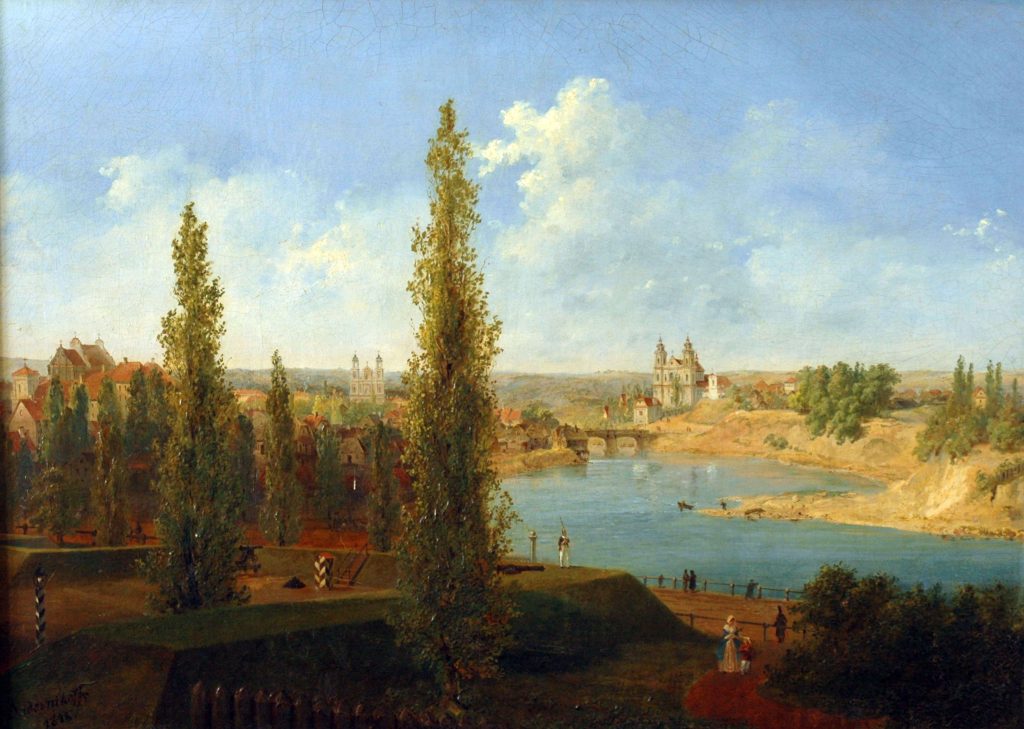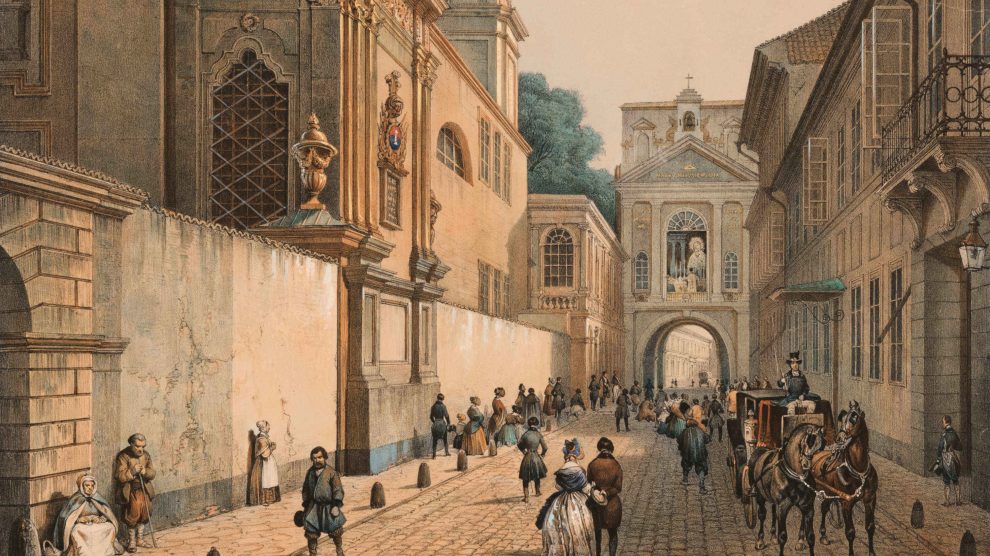Over the 700 years of its existence, the face of Vilnius changed many times, particularly in the early 19th century. A new exhibition is bringing the past to life.
Currently celebrating its 700th birthday, contemporary Vilnius is a lively, energetic, and dynamic city which has in recent years become known for its starring role in several productions, including HBO’s Chernobyl.
But how did the city look 200 years ago?
A study undertaken by the National Museum of Lithuania has revealed the answer, in the form of a model made back in the 19th century, recording to the smallest detail the face of a city that would soon change fundamentally.
- Wary of the gira: Postcard from Vilnius
- Is Vilnius Europe’s next game development hub?
- Former Vilnius power plant brought back to life with electro-acoustic concert
This unexpected historical discovery has now been restored and is currently being displayed by the National Museum of Lithuania in a pavilion entitled, Vilnius 200 Years Ago, made possible using more than 50 archival drawings.
Preparing such material 200 years ago was a complicated task and would have taken several years to complete. Documenting the city was carried out simply by walking the streets, drawing and sketching every façade, window, door, and roof.
Later, the model could be assembled from small wooden panels.
“We don’t know what happened to the model created back then, but our scientists have been able to determine that it was created for military purposes,” says Dr Rūta Kačkutė, the National Museum’s director.
“At the time, Lithuania had lost its statehood and was part of the Tsarist Empire. The Tsarist government feared unrest and had just put down the 1831 Uprising. Having the entire city before their eyes was very important.
“It’s ironic, but very fortunate, how everything has changed since that time: We’re not only free now, but we also have this unique material about our city’s history. Historical justice has been restored since the model created to suppress our drive for freedom has now been reborn to increase our knowledge about the city.”
Recreating the past
Over the 700 years of its existence, the face of Vilnius changed many times, particularly in the early 19th century.
The model sketches created on the threshold of that change are a priceless historical resource. They demonstrate, to the finest degree, the details of the era’s façades, and even the city’s array of colours. The differences between now and 200 years ago are astonishing: not every place so familiar to Vilniusites and discovered by tourists today are immediately recognisable.
The development of the city in that period was still quite archaic—with narrow streets and rural suburbs. The Old Town was much denser, with outbuildings still standing alongside homes. These were later demolished, and such medieval features as city gates and defensive walls, still visible in the model, vanished.
The most noticeable detail is that the model still lacks Gediminas Avenue, which pierced the Old Town like an arrow, or the imperial Naujamiestis (New Town), and the streets along the Neris River—lined with historical buildings today—then marked the outskirts of the city, complete with sprawling garden plots.

A fortified Gediminas Hill
The model also contains signs of what was a complicated period for the Lithuanian state. The Tsarist government had placed cannons, aimed outward at the city, upon Gediminas Hill, today considered a symbol of Lithuanian statehood.
For many years, the entire area around the hill was an inaccessible fortress—but today it is the most visited site in Vilnius. The model also shows huge ditches dug into Gediminas Hill and platforms for the cannons.
So that rebels could not approach the fortress unnoticed, the expansive bishop’s palace and its two towers on Cathedral Square, and other buildings still visible in the model, were demolished.
“The model created 200 years ago was very precisely documented. This allowed us to convert the drawings into a 3D version and recreate it using contemporary methods. To exhibit it, we chose an exceptional architectural solution: the creation of an accessible pavilion in a public city space. By doing so, we not only stepped outside traditional museum spaces, we also blended into the fabric of the city,” says project director Asta Ivanauskienė.
The 19th century model of Vilnius will be on display until October 15 at the National Museum of Lithuania’s Vilnius 200 Years Ago Pavilion, opened to celebrate the city’s 700th anniversary. Admission is free and the experience has been adapted for foreign tourists. Audio narratives exploring the model have been recorded in Lithuanian, Polish, and English. Photos courtesy Go Vilnius.
Unlike many news and information platforms, Emerging Europe is free to read, and always will be. There is no paywall here. We are independent, not affiliated with nor representing any political party or business organisation. We want the very best for emerging Europe, nothing more, nothing less. Your support will help us continue to spread the word about this amazing region.
You can contribute here. Thank you.



Add Comment